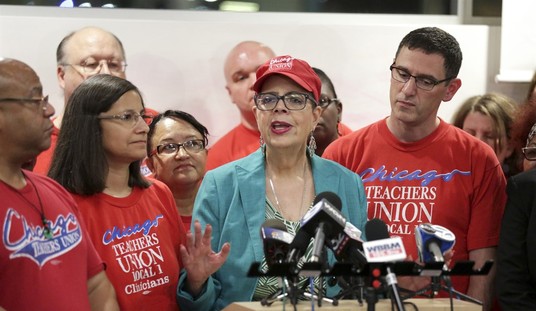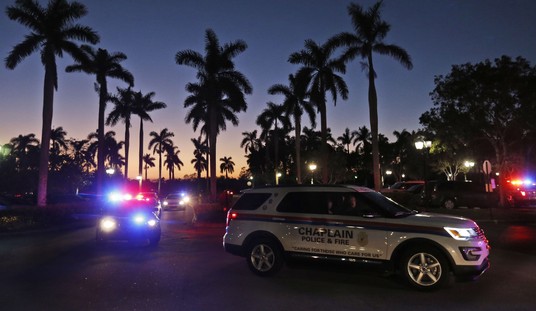The Senate bill does a credible job of addressing both. Illegal immigrants will be allowed to stay and earn a living and eventually a green card and citizenship, albeit with long waits. Those who have been given provisional legal status will not be eligible to become permanent residents until the backlog of others awaiting green cards has been cleared.
A major complaint among people who have been skeptical of reform is that those who've broken our immigration laws shouldn't receive more favorable treatment than those who waited their turn in line. So the compromise that requires that the 11 million seeking residence be put at the back of the line seems a sensible way to deal with these criticisms while not causing undue hardship.
Similarly, the beefed-up border control and enforcement provisions in the bill are an earnest attempt to mollify the security-first crowd. Mind you, those in this camp whose real aim is to reduce overall immigration will never be satisfied. But they are a minority. Most Americans who want better security have legitimate concerns. We need to know who is coming into the country, and we must keep out drug smugglers, human traffickers and other criminals. The senate bill is a good first step in that direction.
We already spend more on border security than on all other federal law enforcement activities, but the bill authorizes another $6.5 billion for initial funding, in part to pay for 3,500 additional border agents, more border fences and enhanced technology, including the use of drones. The bill also allows the National Guard to assist in border enforcement along certain high-risk sectors, defined as those in which at least 30,000 apprehensions occurred the previous year.
Recommended
The bill requires that the Department of Homeland Security certify progress being made toward securing the border. The secretary has five years to demonstrate that the government apprehends 90 percent of those attempting to cross the border illegally in high-risk areas. This provision is likely to be the most contentious, in large part because proponents and critics of immigration differ on the facts.
For decades, the federal government has published statistics on the number of immigrants and refugees admitted illegally, as well as the number of persons apprehended at the border or deported and those who voluntarily remove themselves after having been apprehended.
Admittedly, these figures are not a perfect way to determine the full extent of illegal immigration. But even if the specifics are fuzzy, the trend lines are clear: In the late 1990s, there was a very steep rise in the number of illegal immigrants, which slowed somewhat in the first half of the past decade, and then began to plummet with the onset of the recession and the advent of tougher border security efforts.
Illegal immigration levels today are at their lowest point since the 1970s, and deportation numbers are at their highest in recent history. Our borders won't ever truly be secure until we figure out a way to admit the number of immigrants and temporary workers our economy requires. But the senate bill is a small step in that direction.
Critics on both sides will find fault with some of the details in this bill. But if those of us who have argued for years that we need comprehensive reform are willing to accept a half-loaf, shouldn't those on the other side consider doing the same? Legislation is always a matter of compromise, but in this case, compromise will at least start us on our way to solving a problem that has unnecessarily divided the country for the past decade.
Linda Chavez is the author of "An Unlikely Conservative: The Transformation of an Ex-Liberal." To find out more about Linda Chavez, visit the Creators Syndicate Web page at www.creators.com.
COPYRIGHT 2013 CREATORS.COM

























Join the conversation as a VIP Member